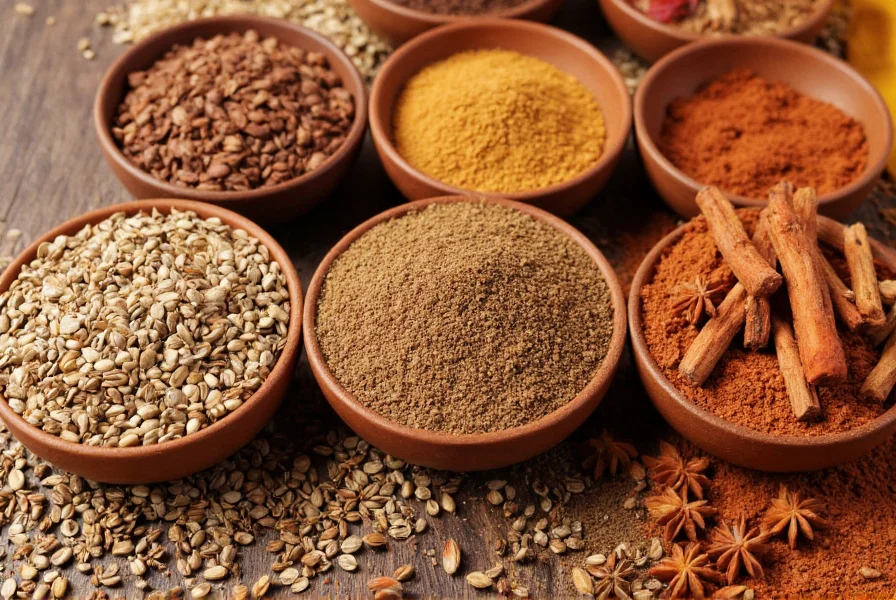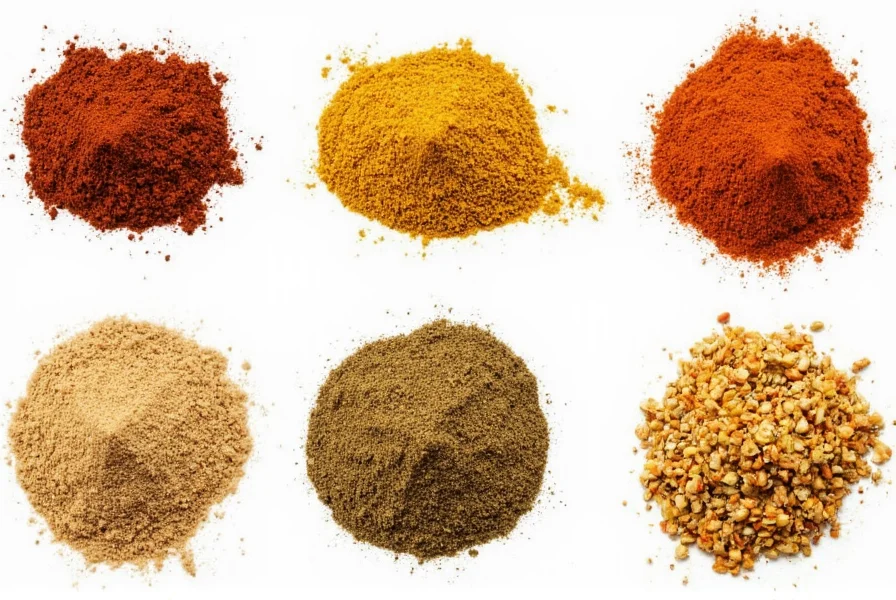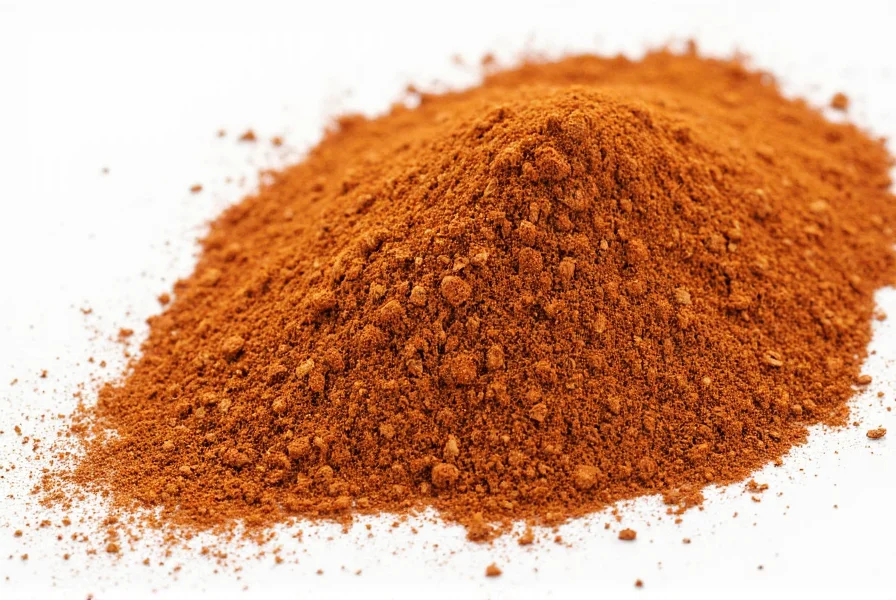The best cumin replacement spice depends on your recipe, but coriander combined with a touch of smoked paprika offers the closest flavor match for most dishes. For every teaspoon of cumin required, use 1/2 teaspoon coriander plus 1/4 teaspoon smoked paprika. This combination replicates cumin's earthy warmth while maintaining balance in recipes ranging from chili to curry. Other effective substitutes include chili powder (which contains cumin), garam masala for Indian cuisine, and caraway seeds for Mediterranean dishes—though each works best in specific culinary contexts.
Running out of cumin mid-recipe doesn't have to ruin your cooking. Understanding which spices can effectively replace cumin's distinctive earthy, warm, and slightly citrusy flavor profile requires knowing both what makes cumin unique and how alternative spices interact in different dishes. This guide provides practical, tested substitutions that maintain recipe integrity whether you're making tacos, curry, or roasted vegetables.
Understanding Cumin's Flavor Profile
Cumin brings a distinctive earthy warmth with subtle citrus notes and a hint of bitterness that's difficult to replicate with a single spice. Its complex flavor works as both a background note and a starring ingredient across global cuisines. When seeking cumin alternatives, consider these three characteristics you're trying to match:
- Earthy depth - The foundational quality that grounds many spice blends
- Warmth without heat - Distinct from chili peppers' capsaicin burn
- Savory complexity - That slightly bitter, almost nutty undertone
Successful cumin replacement strategies address all three elements to prevent your dish from tasting "missing something" even if individual components seem adequate.

Top Cumin Replacement Options
Not all substitutes work equally well across all recipes. The following table shows the most effective cumin alternatives based on culinary testing across multiple dish types:
| Substitute | Ratio (vs 1 tsp cumin) | Best For | Limitations |
|---|---|---|---|
| Coriander + smoked paprika | 1/2 tsp coriander + 1/4 tsp paprika | Chili, stews, roasted vegetables | Lacks cumin's slight bitterness |
| Chili powder | 1.5 tsp | Tacos, enchiladas, Tex-Mex dishes | Contains additional spices that alter flavor profile |
| Garam masala | 3/4 tsp | Curries, Indian dishes | Sweeter profile; use less for savory applications |
| Caraway seeds | 3/4 tsp | Mediterranean dishes, breads | Stronger anise notes; toast first for best results |
| Taco seasoning | 1.5 tsp | Tacos, fajitas, Mexican rice | Often contains salt and other additives |
Advanced Substitution Techniques
For recipes where cumin plays a starring role, simple one-to-one substitutions often fall short. These professional techniques yield better results when replacing cumin in critical applications:
Layering Flavors
Create depth by combining two or three complementary spices. For Middle Eastern dishes, try:
- 1/3 tsp coriander
- 1/4 tsp turmeric
- Pinch of ground cinnamon
This combination builds complexity closer to cumin's profile than any single substitute.
Toast Your Substitutes
Dry-toasting whole spices before grinding enhances their earthy notes. For caraway or coriander seeds, heat in a dry skillet over medium heat for 1-2 minutes until fragrant, then grind. This technique brings out more cumin-like qualities in potential substitutes.
Acid Balance Adjustment
Cumin's slight bitterness interacts with acidity in recipes. When using sweeter substitutes like garam masala, add a splash of lemon juice or vinegar to rebalance the flavor profile.
Cuisine-Specific Recommendations
The ideal cumin replacement varies significantly by culinary tradition. Understanding these regional differences prevents flavor mismatches:
Mexican and Tex-Mex Dishes
Chili powder makes the most practical cumin replacement for tacos and enchiladas since it typically contains 30-40% cumin already. For authentic flavor, supplement with a pinch of dried oregano to compensate for missing elements.
Indian and Middle Eastern Cuisine
Garam masala works well in curry recipes but requires adjustment. Use 3/4 teaspoon garam masala plus 1/4 teaspoon turmeric per teaspoon of cumin called for. This maintains the earthy foundation while preserving regional authenticity.
Mediterranean and North African Dishes
Caraway seeds provide the closest flavor match for tagines and flatbreads. Toast 3/4 teaspoon caraway seeds before use, then crush slightly with a mortar and pestle. The resulting flavor closely mimics cumin's earthiness with appropriate regional notes.

What NOT to Use as Cumin Substitutes
Certain spices create flavor imbalances when used as cumin replacements:
- Cinnamon alone - Overpowers with sweetness
- Nutmeg - Creates medicinal notes
- Cumin extract - Too concentrated without proper dilution
- Curry powder - Contains turmeric which dominates flavor
These alternatives might seem logical but typically produce disappointing results that alter your dish's fundamental character.
Storage Tips for Cumin Alternatives
Many cumin substitutes lose potency faster than cumin itself. Maximize shelf life by:
- Storing ground spices in airtight containers away from light
- Keeping whole seeds (like caraway) in the freezer for up to 2 years
- Labeling containers with purchase dates - most ground spices peak at 6 months
- Refreshing older spices by dry-toasting before use
Proper storage ensures your cumin alternatives deliver maximum flavor when you need them most.











 浙公网安备
33010002000092号
浙公网安备
33010002000092号 浙B2-20120091-4
浙B2-20120091-4